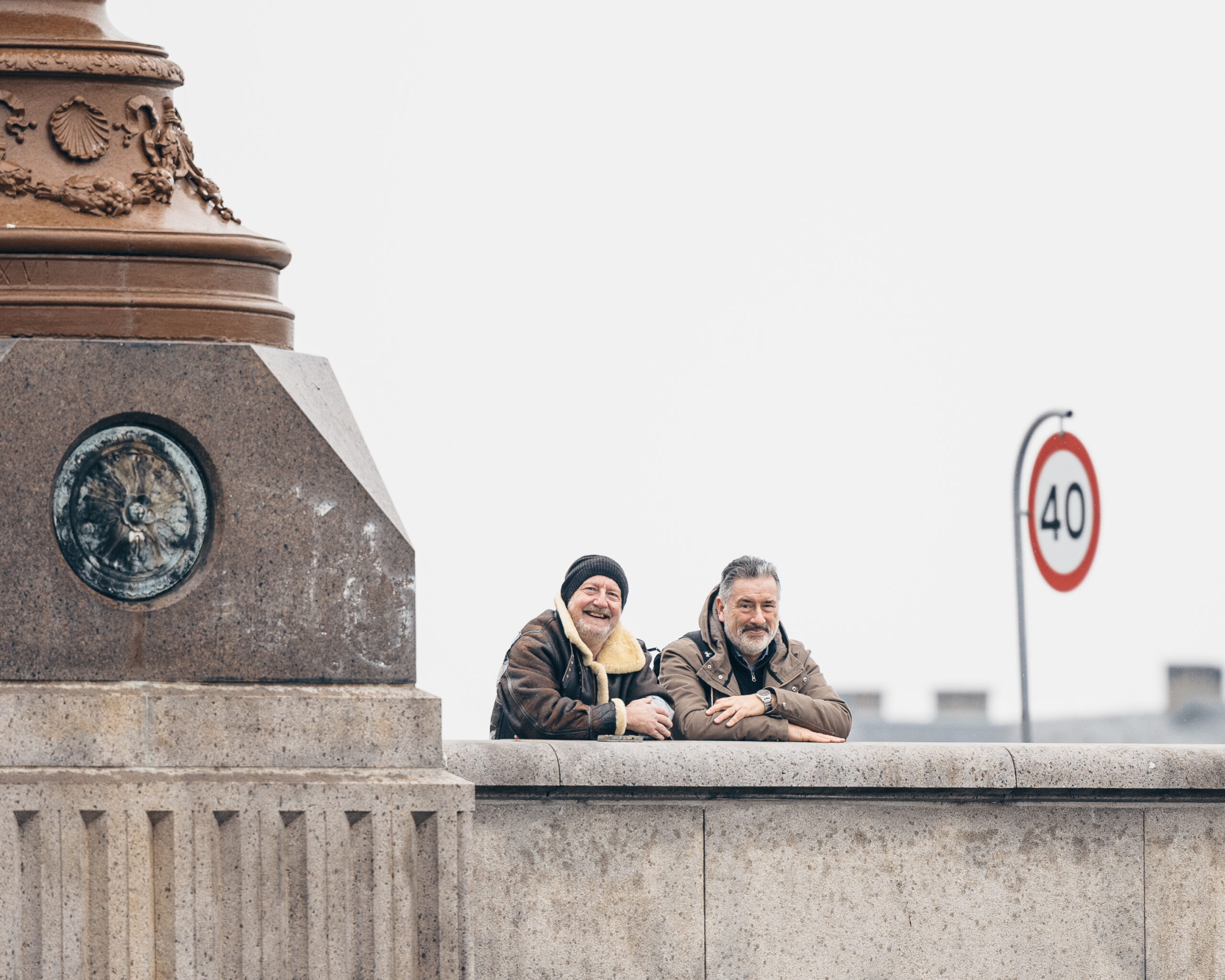In 30 years time when you boot up your computer, flick on the light switch or turn on the TV, the power will probably not be coming from coal, oil and gas, but from solar panels in Spain, hydroelectricity in Norway and windmills in Denmark. At least, that is the hope of many who see the need for Europe to turn its back on fossil fuels c a point of view shared by the European Commission (EC), which also wants us to use less energy to do more.
Denmark already has an ambitious energy plan. Launched in December, it envisages powering the country entirely through renewable energy – chiefly wind and biomass – while a ‘smart grid’ will enable Denmark to tap into other countries’ surplus renewable energy when its own is low.
It’s a neat fit then, that Denmark holds the rotating EU presidency at this moment. The major European issue may remain the ever dismal sovereign debt crisis, but with important continental legislation about upgrading energy infrastructure currently on the EU agenda, Denmark could play an important role in shaping how it turns out.
The primary reason for phasing out the burning of fossil fuels for energy is to help Europe cut carbon dioxide emissions that contribute to potentially devastating climate change. But there are other reasons. Coal may be cheap and plentiful, but it’s notoriously dirty. And Europe’s oil dependency relies upon imports from unstable regions at ever increasing prices.
“From 2010 to 2011 alone, the EU’s oil bill increased by nearly 100 billion euros,” a statement co-authored by the climate minister, Martin Lidegaard, read. “It’s high time that we put a plug in this hole and redirect our money from importing energy from outside the EU to making energy investments in Europe.”
The statement was made as part of the ongoing negotiations regarding the Energy Roadmap 2050, the EC’s set of proposals to upgrade Europe’s ageing energy infrastructure and reduce carbon consumption. In a summary of the roadmap, the EC argues that transitioning away from fossil fuels will not only have environmental benefits, but also stimulate innovation into new technologies and create growth.
“Relying more on low-carbon or more diversified sources of energy – produced and consumed in an efficient way – can bring significant benefits, not only for the environment, but also through increased competitiveness, energy supply security, economic growth, employment, regional development and innovation,” the EC’s summary stated.
Similar arguments were used when Denmark launched their energy plan. But there is a rub – while Denmark is betting on renewable energy sources such as wind, solar and biomass, the EC has not ruled out using nuclear energy and carbon capture and storage (CCS) as ways to reduce Europe’s carbon emissions.
 This is an important issue, as decisions need to soon be made about how to replace Europe’s ageing energy infrastructure in the form of power plants, transmission lines and energy grids. Any decision made now about which form of energy to invest in will lock Europe into a commitment for decades to come.
This is an important issue, as decisions need to soon be made about how to replace Europe’s ageing energy infrastructure in the form of power plants, transmission lines and energy grids. Any decision made now about which form of energy to invest in will lock Europe into a commitment for decades to come.
But there’s no clear winner. Renewable energy suffers from timing. After all, the wind doesn’t always blow and the sun doesn’t always shine. CCS – burning fossil fuels, capturing the carbon and storing it underground – is a risky and unproven technology. Nuclear energy creates toxic waste, which if in the wrong hands could be used to create weapons.
Understanding that Denmark holds an important role in shaping the agenda, the ten largest environmental organisations, including the WWF and Greenpeace, were in Copenhagen last week on Friday as the ‘Green10’ to lobby the Danish government.
“Half of the EU’s infrastructure is coming to the end of its lifetime and vested interests want to keep it in fossil fuels,” Green10 spokesperson Jorgo Riss told The Copenhagen Post.
Riss added that he had seen plenty of EU presidencies arrive with honourable intentions about increasing renewable energy production in Europe, only to be led astray by lobby groups representing the carbon and nuclear industries, or distracted by their own domestic agenda.
“Lidegaard has a lot of work on his plate because he’s also co-ordinating his national energy policy, while also managing the larger job of managing the future of the EU’s energy,” Jorgo said. “Denmark can make renewable energy the winners, but it depends on whether they build the right alliances and recognise that it’s a power game and that they have to work hard behind closed doors to get the results.”
Speaking to The Copenhagen Post, Lidegaard reinforced the message that Europe’s energy future was with renewable energy, but he accepted that even selling the message of green investment during a time of austerity might be difficult.
“There is no doubt that the economic crises is at the heart of European politics, and recovering the European economy is the main priority for member states, but green growth and the green transition of the European energy supply system is part of the solution,” Lidegaard said.
“We must convince EU partners that setting the right framework for a low carbon economy can be a driver of innovation that gives European companies the possibility to achieve and maintain a global lead position in technologies related to energy efficiency and the use of renewable energy.”
While Europe will have to invest in its energy infrastructure regardless of the economic crisis, the question is who gets the money. Lidegaard may seem dead-set on promoting renewable energy, but many experts have argued that the European grid cannot survive on renewable energy alone and will need stable sources of energy from fossil fuels or nuclear power to make sure there is always power being generated. This issue is made more complex by the decision in Germany to end all investment in nuclear power in a knee jerk reaction to the Fukushima nuclear disaster in Japan following last march's tsunami.
It will take some time before this question is answered, but for now there are some positive signs of a renewable energy future for Europe. For example, the next ten-year plan from the association of European electricity grid operators, ENTSO-E, will focus on improving the integration of renewable energy into the European-wide grid, which will make it easier to move renewable energy from areas with surplus to those in demand.
But if Denmark as EU president can shape the EU’s energy plan in its own image, then the next president, Cyprus, also can. And while Denmark has a thriving renewable energy sector, Cyprus is still almost entirely dependent on oil imports for its energy, which might make it a soft target for the oil lobby.











